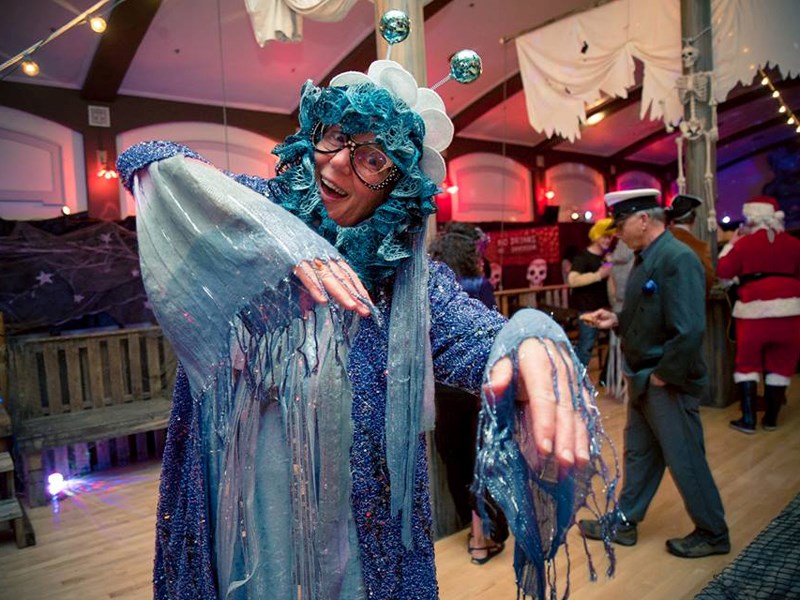As you ponder your alter-ego costume in the coming weeks, visiting your Powell River area thrift store might be high on your list of go-tos for supplies.
Trolling the aisles of your local consignment or secondhand shop to get your inner creep or superhero dressed up happens to be a serious treat for the planet. Although, the idea that thrift stores are an answer to our rampant consumption of clothing could be a trick.
By all means do shop in your friend’s closet or a local used clothing store this Halloween. It’s far less scary than buying new, cheaply made, synthetic outfits that are less than unique or even breathable, for that matter.
That said, it pays to be aware of just how spooky the clothing industry can be, and this includes the end markets for secondhand clothing and textiles.
We often justify our spur-of-the-moment clothing and accessory purchases with the knowing that we can donate them to a local charity if they don’t fit, go out of fashion, or a zipper breaks, but just how much of a fairytale is this story we tell ourselves?
Where do our clothing discards go?
According to SMART, a group that represents the recycled textile industry, about 85 per cent of our clothing is sent straight to the landfill by consumers. What is actually dropped off for donation does not necessarily get a second life locally. In fact, only about 25 per cent stays local, and the remainder is cut into rags or shredded into insulation, sold secondhand abroad, or landfilled.
An informal survey of local thrift stores in qathet Regional District revealed that more than 12,000 pounds of clothing is sent out of our small community every month.
Nationally, in 2017 alone, we exported over $170 million worth of used clothing, mainly to India, Pakistan, Kenya and other African nations. Bales of clothing and textiles are purchased by the pound, and charities are sustained, in part, by exporting what isn’t sold locally, to foreign nations.
The quality of the exports varies, however, with some headed straight to landfill upon arrival, others used for rags and better quality items being bought. A surprisingly unexpected side effect has been flooding foreign markets with so much used clothing that local textile producers have to shut down operations.
The moral of this haunting tale is to reduce your personal closet’s contribution to the landfill, whether that be a local one, or foreign nation’s. We do this by committing to buying used, locally made, and preferably natural fibre (linen, organic cotton, hemp, silk, wool, et cetera) clothing wherever possible.
We can also be conscious in our discards. Cut up stained and ripped clothes for rags, or learn how to make quick fixes, like replacing buttons, mending tears or mending zippers. Note that many thrift stores will not accept stained or torn clothing, and none accept dirty items, so check in with staff before you drop off.
Keep your clothing in local circulation as long as possible by sharing with friends, hosting clothing swaps, using free community message boards and donating good quality items to consignment and thrift stores.
Let’s Talk Trash is qathet Regional District’s waste-reduction education program.



